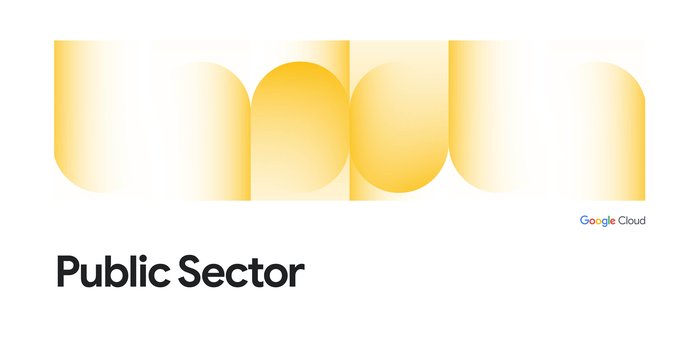Multicloud strategy for the public sector: Optimize return, mitigate risk

Adam Sommers
Senior Principal, Cloud Value Advisors, Google Cloud
Brett Miller
Principal Architect, Google Cloud
A portfolio strategy for public sector cloud
Government organizations are starting to realize that no single cloud can meet their wide range of needs. According to the Nutanix 2022 Enterprise Cloud Index1, 75% of public sector organizations agree that multicloud is ideal, and more public sector organizations than average have adopted multicloud as a primary IT operating model (outpacing the global average). Furthermore, global public sector multicloud adoption is expected to nearly double from 39% to 67% in the next three years2.
Some leaders worry about the perceived complexity of multicloud —as well as cost, security, and overall compliance requirements. But the right strategy, tools, and partners can help alleviate these concerns and help create a path to new levels of efficiency, service delivery effectiveness, and security.
Multicloud math: Greater return at lower risk
Modern financial theory asserts that a diversified portfolio is an effective hedge that yields greater return at lower risk. Similarly, multicloud, a diversified portfolio of clouds, has the potential to yield a stronger return on IT investment, provide a lower risk, and deliver greater overall efficacy. While this may seem counterintuitive, the “Anything as a service” (XaaS) nature of cloud can be even more potent across a portfolio of trusted Cloud Service Providers (CSPs).
Each cloud brings unique strengths and capabilities in terms of costs, services, footprint, support, and innovation. Moreover, each cloud continues to evolve. Implementing a multicloud portfolio has the potential to optimize the power of these clouds while reducing overall risk.
It’s fair to say that considerations should go beyond just a diversification and cost strategy. Multicloud gives public sector organizations the power to select best-of-breed capabilities and match the right workload to the optimal cloud. In addition, multicloud helps empower government leaders to protect themselves against vendor lock-in, fluctuating costs, and potential external risks. It also broadens access to an ecosystem of strategic partners.
Accelerating the cloud adoption curve
Once you get started with your first CSP, it can be easier to incorporate additional CSPs. Many aspects of the processes, knowledge base, and efficiencies created during the first rollout can serve as a playbook for future cloud engagements.
For instance, technical training can be easier and more iterative. When an organization first embraces cloud, it can make significant investments in training engineers and security staff, in addition to general education for the broader workforce. Subsequent cloud training with additional CSPs is then generally easier for teams to learn and adopt. Furthermore, key concepts are transferable, and some APIs and services are exact duplicates—all of which helps make learning new CSPs easier and cost-effective.
Cloud management efficiency at scale
Standardizing processes at scale across providers is essential to avoiding cumulative overhead costs and complexity. Agnostic partner tools play an important role. For example Kion and Prisma Cloud by Palo Alto standardize and automate security, compliance, and financial processes across CSPs. And, Terraform by Hashicorp has an infrastructure-as-code software tool that provides a consistent command-line interface workflow to manage CSPs (even on-premises).
Public sector organizations can use these options to create and maintain cloud environments that have uniform configurations and security postures and can provide real-time security monitoring—reducing costs, boosting overall security, and optimizing resource availability. For instance, in partnership with Palo Alto Networks, Google Cloud built a secure cloud access solution that allows the Defense Innovation Unit (DIU) users to access services in any commercial cloud environment, while performing the required security actions of logging, threat analysis, and session control (read more here).
The right partners for your mission
A successful multicloud strategy starts with finding the right CSPs for your mission. Google’s multicloud solutions can help kick-start the journey with open source collaboration and the ability to build and scale. Beyond core capabilities, it’s essential to find a cloud partner that can help serve the core needs of your mission: simplicity and rapid time to value. For example, Google Cloud’s Anthos helps public sector organizations ensure multicloud security, allowing them to manage containerized applications across multiple cloud and on-premises environments from a single management plane.
The key to multicloud success is managing and optimizing multicloud using proven portfolio techniques to maximize return and reduce risk. Ready to elevate your multicloud strategy? Download our whitepaper, 5 ways Google can help you succeed in a hybrid and multicloud world, to learn more about how diversifying your cloud portfolio can help you meet the needs of your agency and its mission.
References:
1. More IT Leaders Say Hybrid Multicloud is Their Future
2. Study Shows Public Sector Organizations are Leading in Multicloud Adoption

